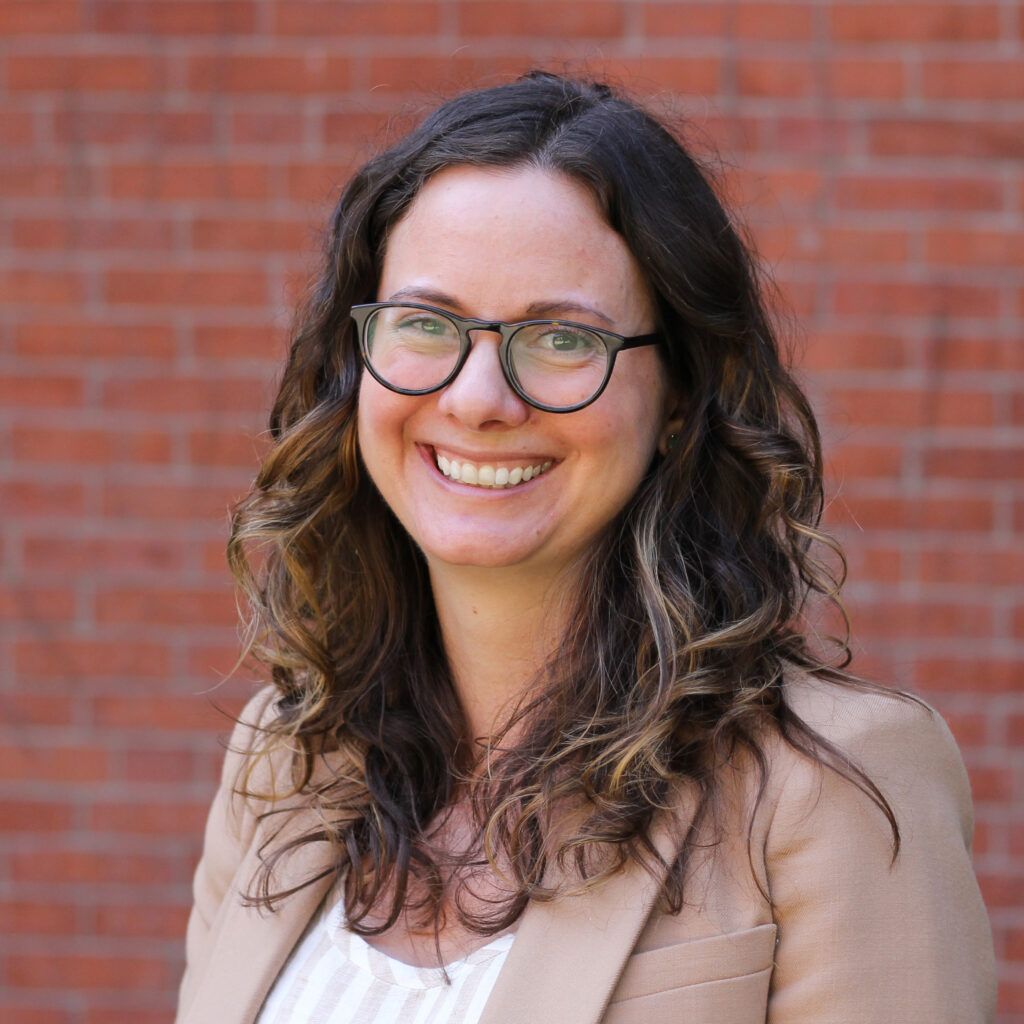Affiliate Spotlight: Nina Brooks
Each newsletter we feature a CCH affiliate to learn a bit more about their work. This month we speak with Dr. Nina Brooks, assistant professor at BUSPH in Global Health.
Tell us a bit about yourself and how you arrived at the intersection of climate and public health:
I have long been interested in humans’ impact on the environment and growing up in Los Angeles, I was acutely aware of poor air quality. My first job out of college was working for an environmental NGO called Global Footprint Network that measures the impact of humanity activity on natural resources. Later, I pursued a Masters in Public Policy, where I had the opportunity to get involved in research linking environmental, health, and economic development issues around biomass cooking in rural India, which really opened my eyes to the many preventable health harms caused by environmental problems and air pollution in particular. Given many of the same sources that cause bad air pollution are also exacerbating climate change, I realized I wanted to work on integrated solutions and that framing reductions in emissions and air pollution in terms of the health co-benefits could be an effective way to get more people on board. But to do that, there needs to be credible evidence.
What are the greatest challenges you face with conducting your research?
I do a lot of field-based research, which is incredibly interesting but comes with so many challenges. Some challenges are hard, but predictable– for example, my fieldwork is focused on the informal brick industry in Bangladesh, which is a seasonal industry, so we are often scrambling to get everything in place to train hundreds of kiln owners on energy efficient practices at exactly the same time, right before firing starts. But other challenges are unpredictable. For our work, the political situation in Bangladesh has been one of the biggest challenges. This has ranged from the government demolishing some of the brick kilns in our study sample, to more recently, protests toppled the government right when we were planning to launch the next phase of our project. Due to the violence and instability our work is indefinitely postponed while we watch what happens with the interim government.
For your dissertation you designed and implemented a field study in Bangladesh of 900+ households and 3500+ individuals living near brick manufacturing kilns. Any advice for others interested in doing their own field work?
Build strong partnerships! I have had the great fortune to work with the International Centre for Diarrhoeal Disease and Research, Bangladesh (icddr,b). We worked together, along with another excellent research organization, the Child Health Research Foundation (of Bangladesh) to design and implement the study that was part of my dissertation. Working with great partners is what makes fieldwork possible and there are so many opportunities to learn from each other. For students interested in fieldwork, I definitely recommend working with advisors to build connections to partners that can be collaborators.
You have been involved in investigating energy efficiency interventions in Bangladesh’s brick sector. What challenges have you faced in translating research into real-world solutions, and what successes have you seen so far?
On the one hand, it is really important to have the government on board with the solutions we have been proposing for the sector, otherwise it can be hard to convince brick kiln owners to make changes to their profitable business model. On the other hand, any solutions that require enforcement of existing (or future) regulations are unlikely to be successful given the capacity of the Department of Environment. By developing and promoting moderate changes to brick kiln operation that reduce emissions, but also reduce costs and increase revenues, our approach was not at odds with existing regulations but also didn’t depend on government action. We achieved such high adoption of these improved practices that the Department of Environment asked that our team scale up the approach to reach more brick kilns in the country and saw this a promising way to help meet climate mitigation goals in the short-term. A working paper on this study is available here.
Looking ahead, what do you see as the most pressing research questions or challenges in the intersection of climate, air pollution, and public health?
It’s painfully clear that climate change is not a future problem, but something already affecting people around the world. While strategies aimed at mitigating climate change are crucial, as a global health community, I think it’s imperative that we identify low-cost adaptation strategies that people can use to cope with rising heat and more extreme weather events.
Do you have any upcoming projects or collaborations that you are able to share?
I am working with a collaborator at Montana State University (Cascade Tuholske) on a NASA funded project to explore the relationship between extreme heat, landcover/land-use change, and maternal and child health. We’re looking at how humid-heat affects pregnancy outcomes in Nigeria, how the reforestation efforts of the Great Green Wall in the African Sahel may have changed the experience of humid-heat in the region, and how population structures in global urban areas have changed over time.
